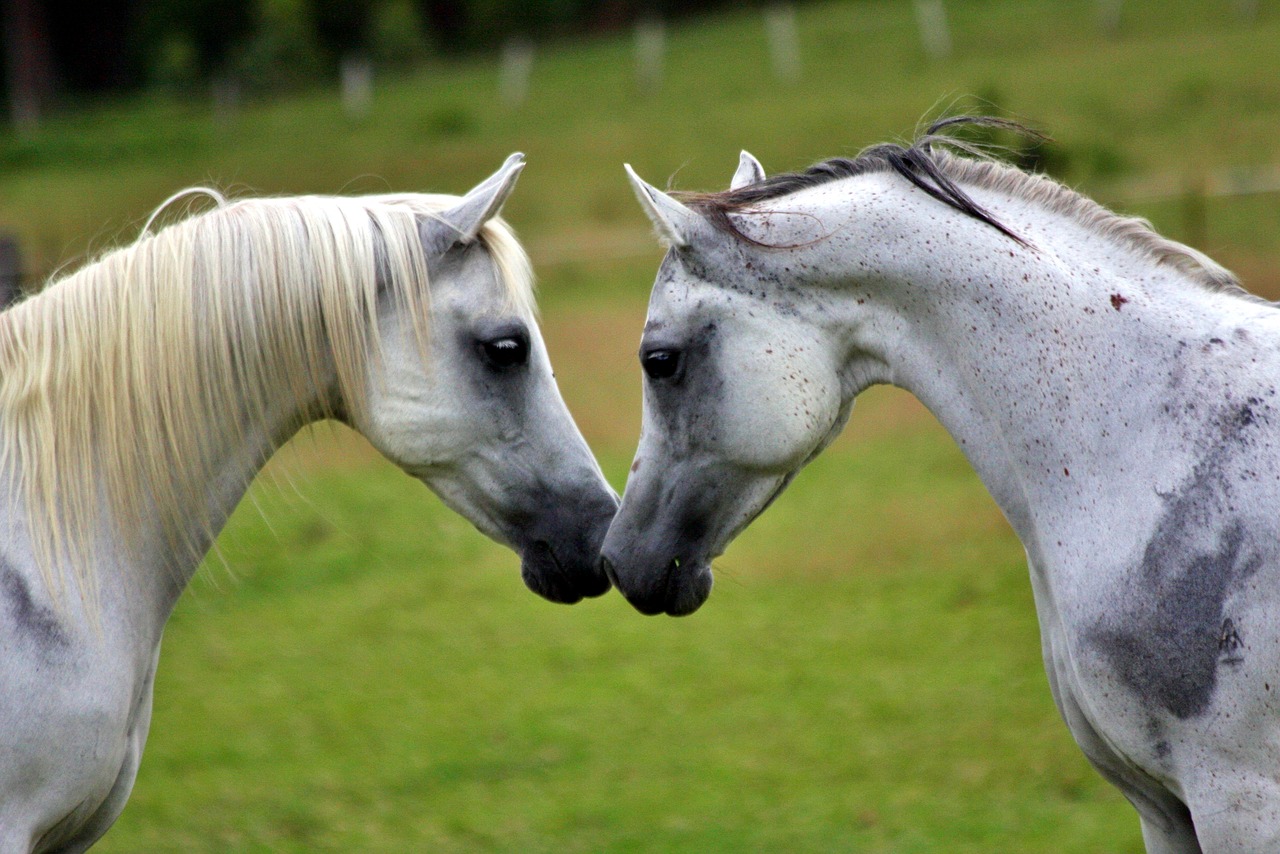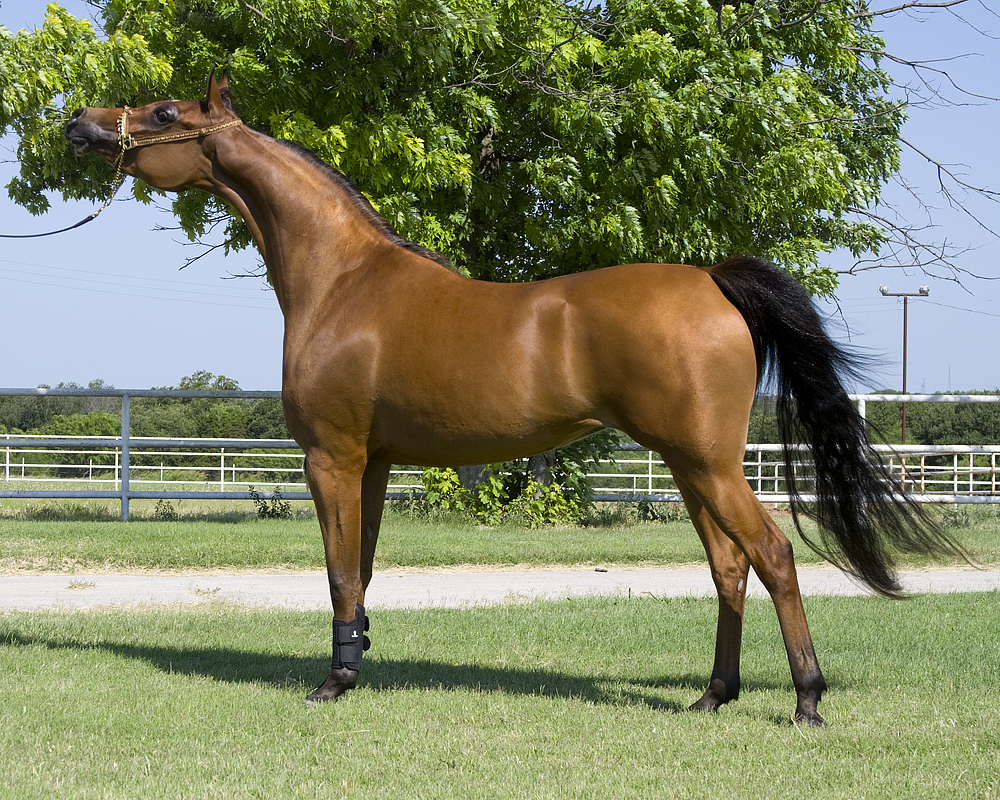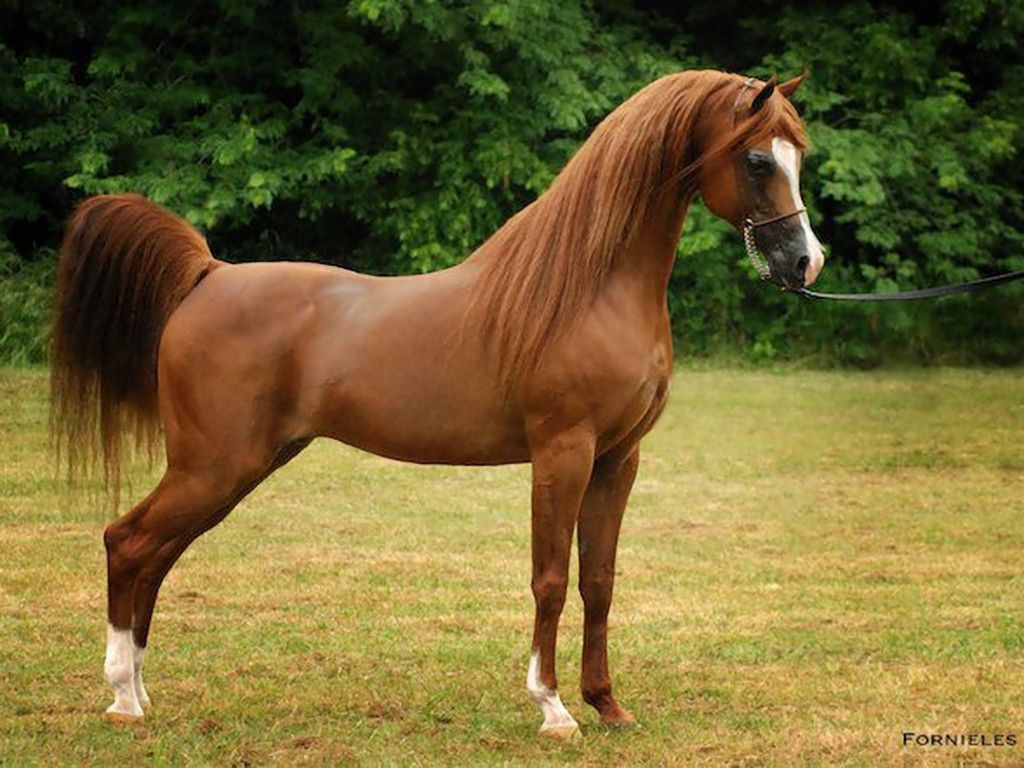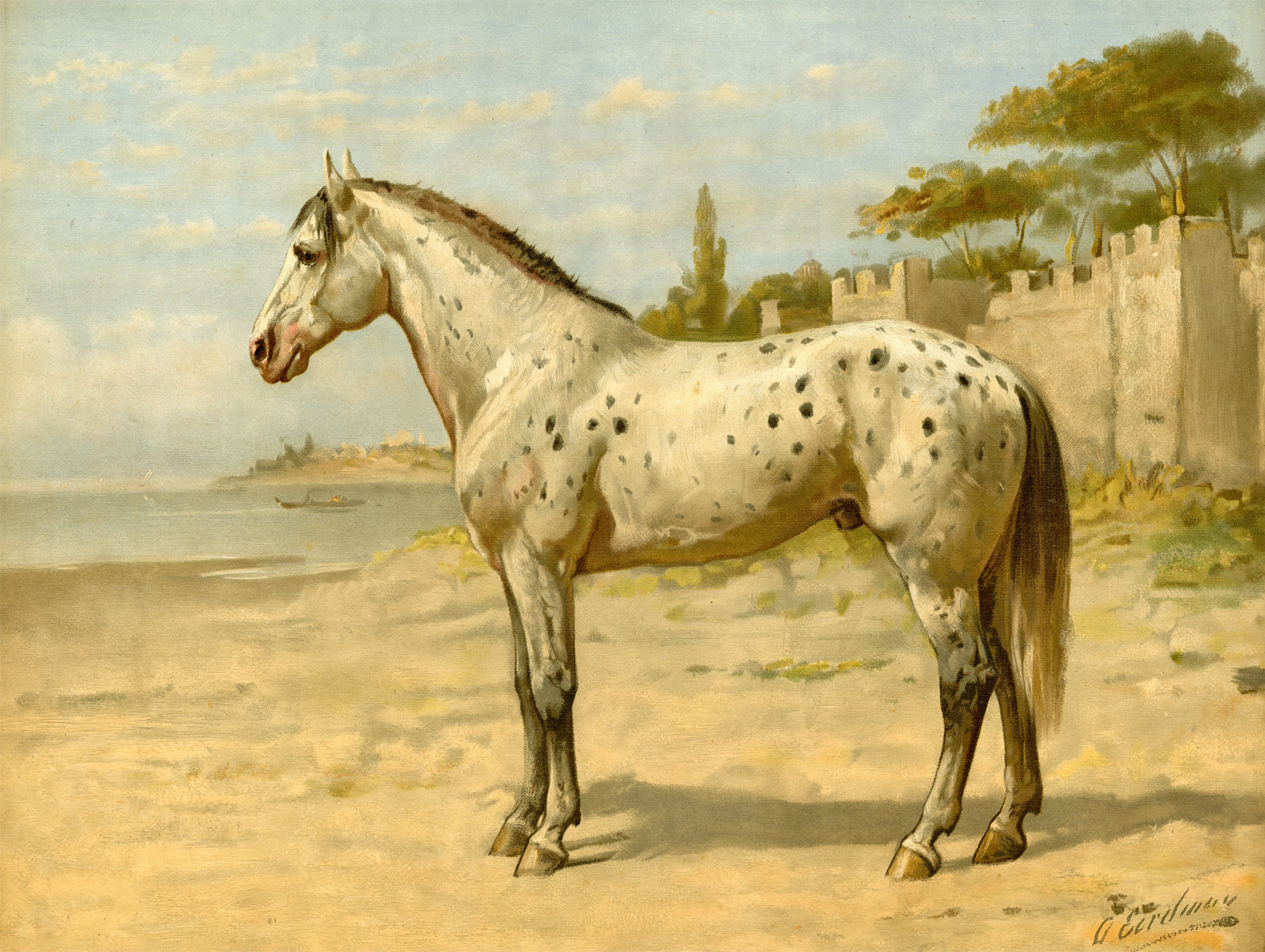
Arabian Horse (Origin, Characteristics, Color & More 2020)
ARABIAN HORSE HEIGHT: 14–15.3 hands
ORIGIN OF ARABIN HORSE: Middle East, especially Iran, Iraq, Syria, Turkey, and Jordan
SPECIAL QUALITIES: Great beauty, tremendous endurance, high tail carriage, and unflagging spirit
BEST SUITED FOR: Endurance, pleasure, and showing

Among the most beautiful of all horses, the Arabian is also one of the oldest pure breeds in the world. It is the most widespread breed on earth and the most influential, having been used to improve almost every other breed at some time in history. There are Arabian breed associations in nearly every country, and Arabians can be found working, competing, and participating in just about any type of horse-related activity.
They are the breed of choice for endurance competitions.
But vehement arguments and misunderstandings arise over the details of the breed’s history. In the International Encyclopedia of Horse Breeds, Bonnie Hendricks reports that every book she consulted claims the breed originated in Saudi Arabia.
When she consulted Arabian Horse experts in Saudi Arabia, however, she was told that despite the legend, the horses actually originated in Iran (Persia), Iraq, Syria, and Turkey. She learned that even today some of the best Arabian Horses are to be found in Iran and Jordan, and that Saudi Arabia never had many good horses.
Arabians always have black skin. They can be chestnut (as here), bay, gray, black, or roan, with white facial and leg markings, but no pinto coloring.
One point of confusion has to do with the word “Arab.” Sometimes it names the breed; sometimes it refers informally to the Arabian Peninsula. Sometimes it describes the modern country of Saudi Arabia;
sometimes it refers to Arab people who come from many areas in the Middle East. Regardless of how the word itself may be used, we know that horses were developed by Arab people long before Saudi Arabia became a country, and it is from them that the breed received its name.
A second point of confusion involves the term “Oriental horse,” which is used in many texts about the history of breeds to describe horses that originated in Asia or the Middle East. The Arabian is one of the Oriental horse breeds, but it is not the only one: the Akhal-Teke is another example. Older sources say the Arabian Horse descended from other Oriental horse breeds, almost certainly the Turkmenian.
The domestic horse was introduced to Asia Minor, northern Syria, and Mesopotamia (modern Iraq) by invaders and migrants from the north, shortly after 2500 BCE.
Horses still were not present on the Arabian Peninsula, however, at the time of the Hyksos (Hittite) invasion of Egypt from Anatolia (in what is now Turkey) in the seventeenth century BCE. All of the peoples of western Asia and northern Africa had horses by then, except for the people of the Arabian Peninsula.
They were riding camels at the time, which were better suited to the extreme desert conditions found there.

Just before the rise of Muhammad, in about 600 CE, the Arabs of the Arabian Peninsula began to breed horses on a small scale. The size of the horse herds was limited by the amount of feed that could be produced. Some of their first breeding stock were obtained during raids into Persia (Iran).
The Egyptian Agricultural Organization in Cairo reported to Hendricks that the first known pure Arabian Horses in Egypt belonged to King El Nasir Mohamed, who ruled Egypt in 1300 CE. This also indicates that the breed did not arise in what is now Saudi Arabia, immediately to Egypt’s east, or Arabian Horses would have been common in Egypt well before the time of King Mohamed.
Horses were taken everywhere, creating additional confusion about the origin of particular breeds. For example, in Europe in the early 1700s, when Oriental horses were obtained, whether by purchase, theft, warfare, or other means, they were commonly alleged to have come from Arabs or Turks, although the true ethnicity of the original owners was of less concern than the quality of the horses. Furthermore, the horses may have changed hands and handlers many times before reaching their ultimate destinations.
The inherent language problems make stories about point of origin unreliable. More than a few alleged Arabian Horses in Europe were actually Turkmenians, or Barbs, or something else. These problems are what caused confusion about the actual breeds of the Godolphin Arabian and the Byerly Turk, foundation sires of the Thoroughbred.
Contents
Arabians in North America
According to David Willoughby, in The Empire of Equus, the first purebred Arabian in this country was the stallion Ranger, who arrived in New London, Connecticut, in 1760. General Harry Lee gave a gray, half-bred son of this horse, known as the Lindsay Arabian, to George Washington.
The first imported purebred Arabian to be recorded by the Arabian Horse Club of America was Leopard, who was given to General Ulysses S. Grant by the sultan of Turkey in 1878, along with Linden Tree.
Although Grant technically owned the horses, all breeding decisions were managed by Randolph Huntington, who wanted to use the Arabians as a part of the new American breed he was trying to establish.
Huntington was quite successful until his secretary ran off with $100,000, and Huntington had to sell most of his horses at auction.
Linden Tree was never bred to a purebred Arabian mare, but in 1888, Huntington imported Naomi, who was crossed on Leopard, producing a purebred colt named Anazeh. He grew up to sire eight purebred foals, four of which can still be found in some of today’s Arabian pedigrees. Leopard and Linden Tree later turned up as foundation sires of the Colorado Rangerbred.
Breed Characteristics
Arabians are known for their great beauty, tremendous endurance, and unflagging spirit. Their dished profile and high tail carriage make them one of the most recognizable of breeds.

Conformation
Arabians are not large horses, averaging 14 to about 15.2 hands and weighing 900 to 1,100 pounds. A few show horses today may reach 16 hands.
Traditionally, the head was small with either a straight or only a slightly dished profile. In modern show Arabs, the dished profile may be extreme. Arabs have large expressive eyes, a wide forehead, and a small muzzle. The ears are small and should curve in at the tips.
The neck is long and arched, narrow at the throatlatch and wide at the base. The withers are long and pronounced. The back is short, with a high flat croup. The tail is set high and carried freely.
The chest is deep, broad, and muscular; the shoulder is long and sloping. The legs should be muscular, with broad, strong joints and tough hooves, wide at the heel. The coat should be fine and silky.
Arabians arrived in North America before the Revolution, and George Washington was an early admirer of the breed.
Color
Arabian horses may be bay, gray, black, chestnut, or roan. The skin is always black. White markings on the face and lower legs are allowed. Body spots or pinto color patterns are not permitted.
BREED ASSOCIATION FACTS AND FIGURES
According to the Arabian Horse Association Registry (founded in 1908):
• 585,000 horses have been registered since the inception of the registry.
• Approximately 9,000–10,000 foals are registered each year.
• California and Arizona have the most Arabs, but they are found in every state and almost every country.
